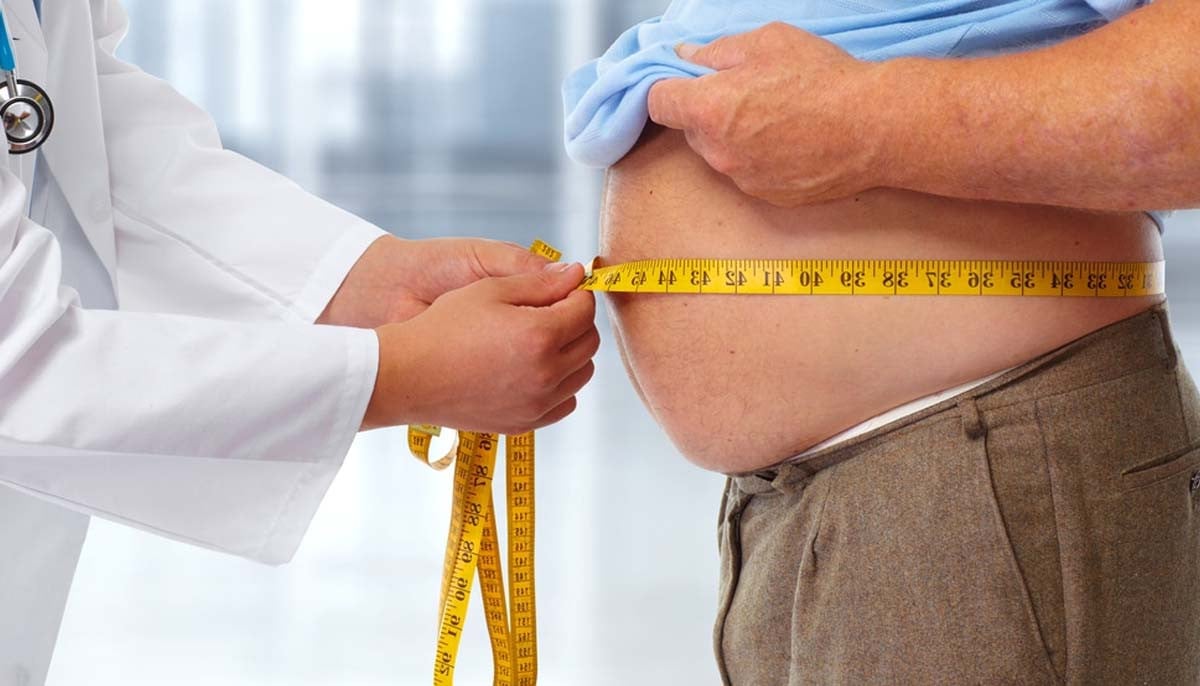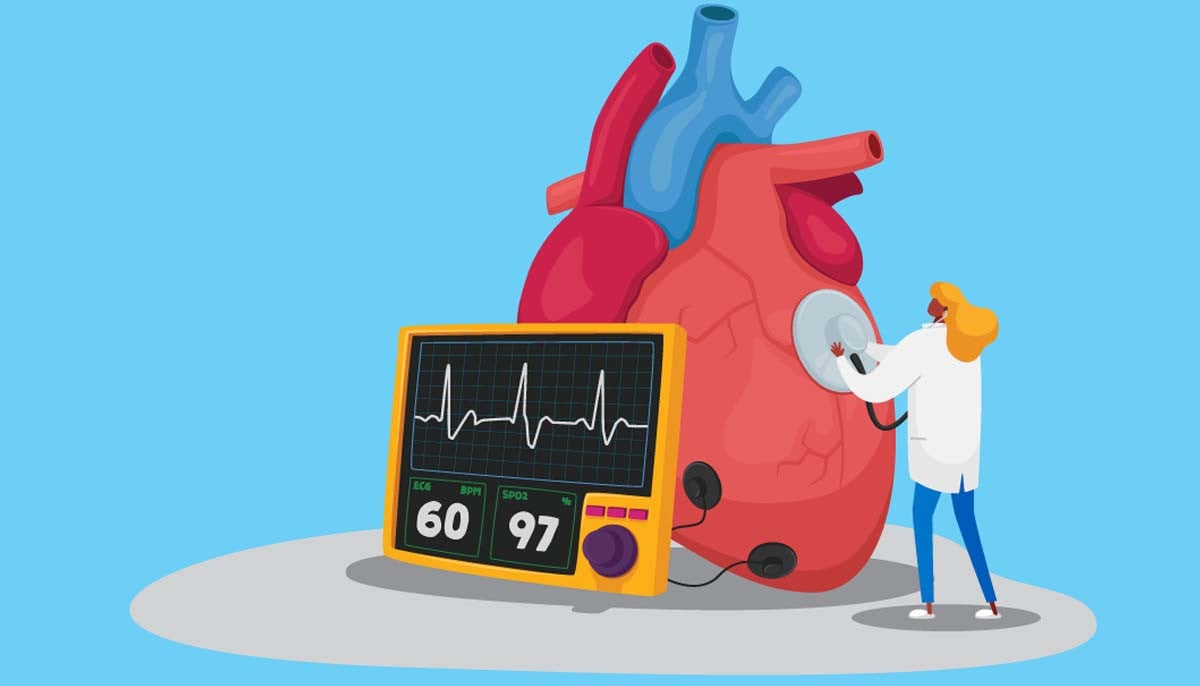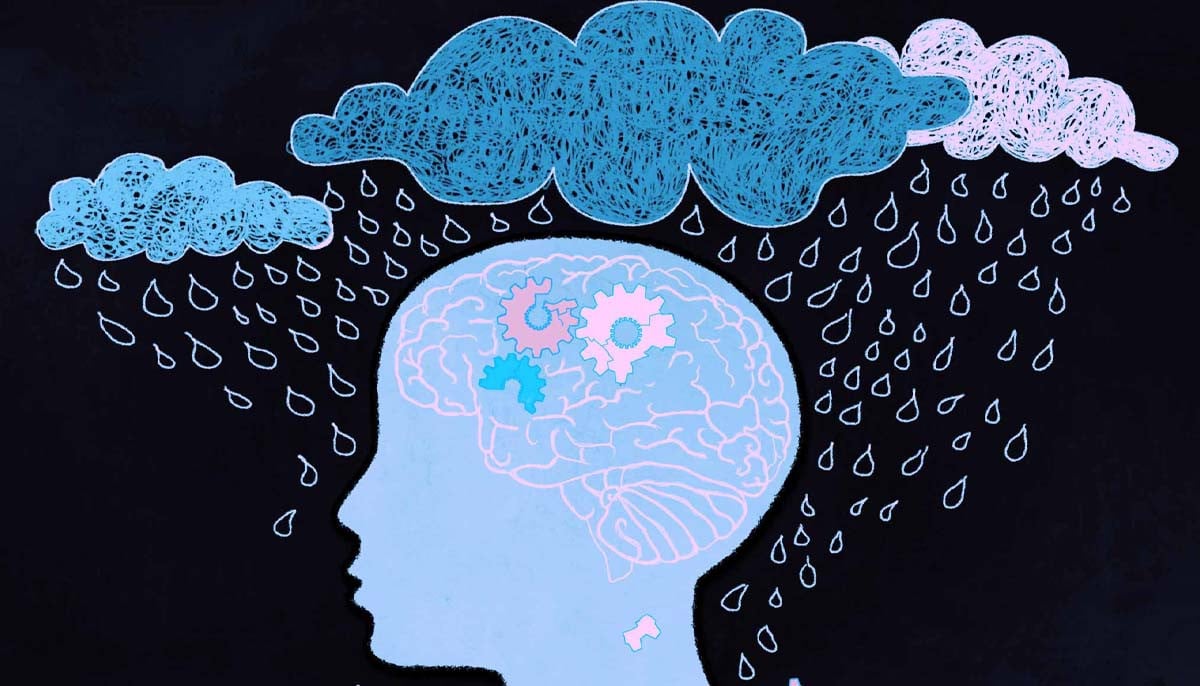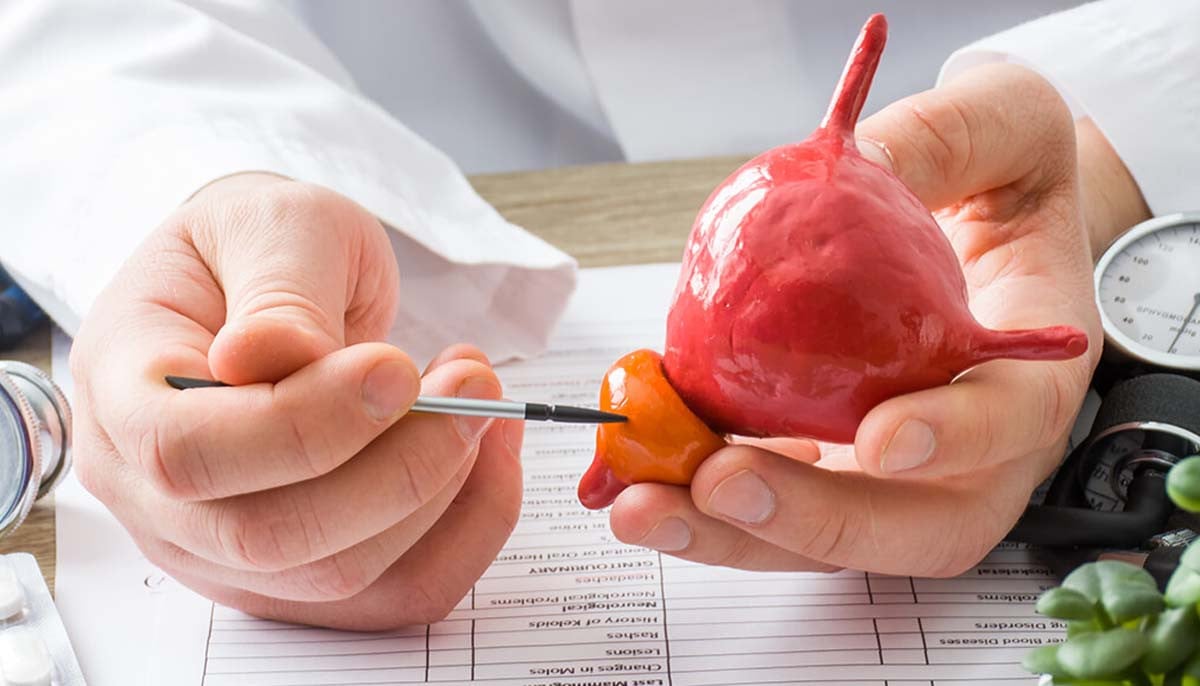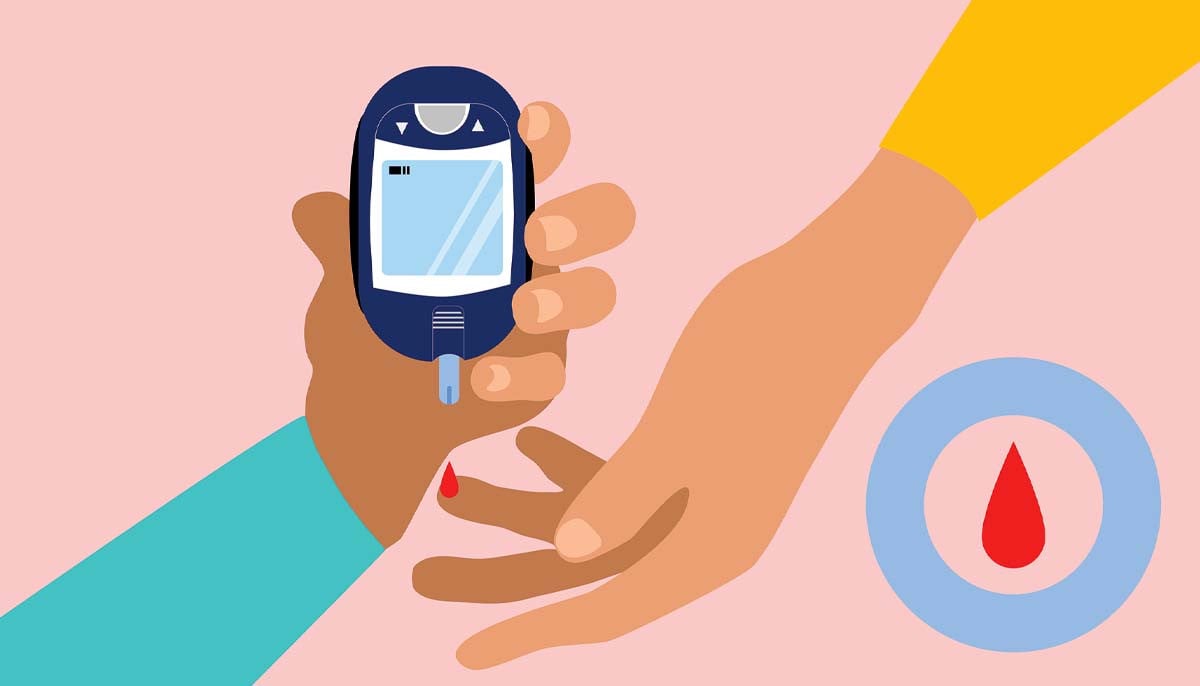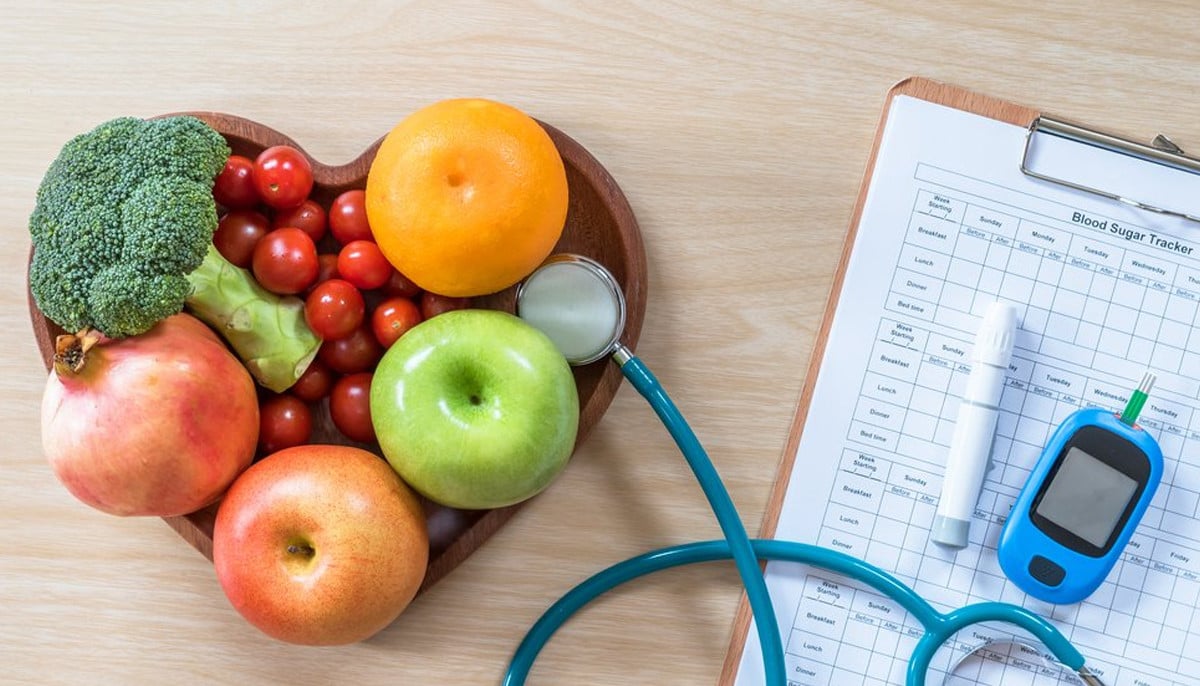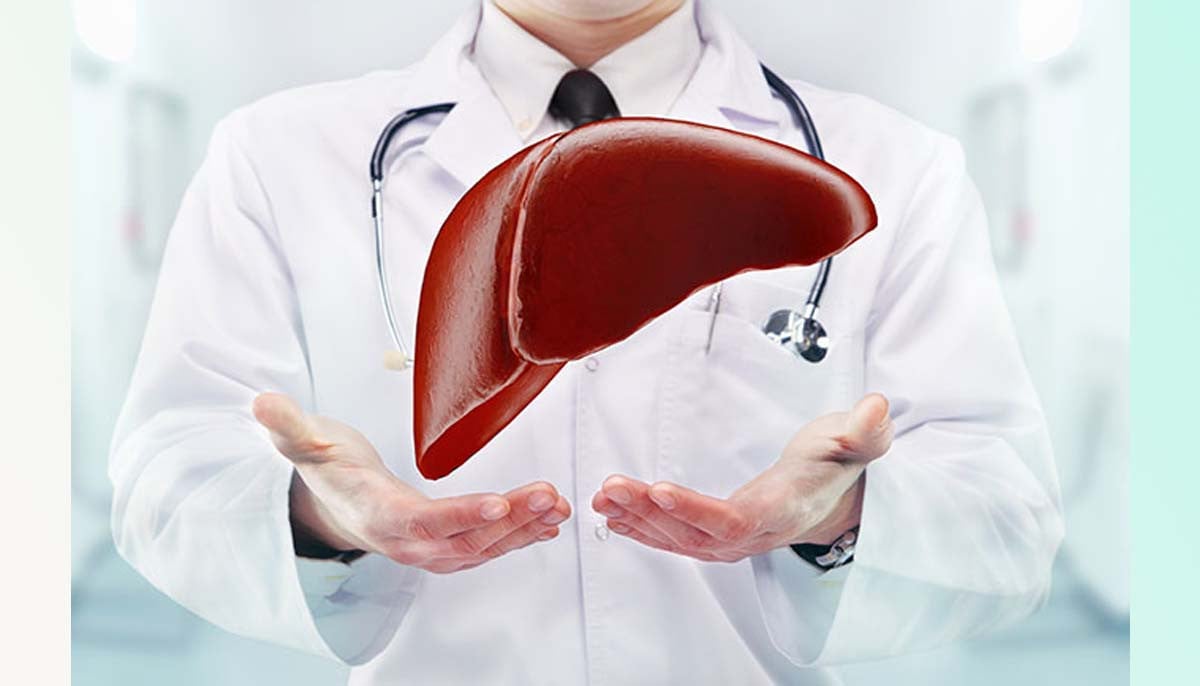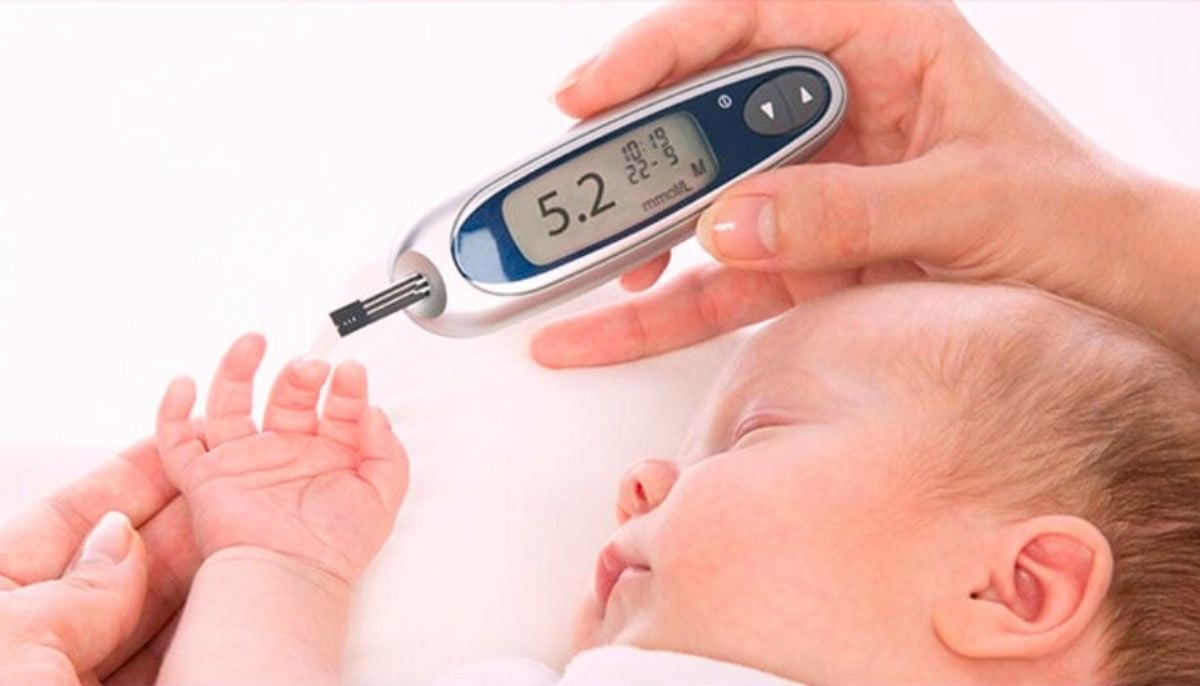Here's how to start a ketogenic diet the right way
Ketogenic diet is a low-carb, high-fat diet that can help you burn fat more efficiently
Before diving into how to start a ketogenic diet, it's important to understand what it actually is. A ketogenic diet is a low-carb, high-fat diet that can help you burn fat more efficiently. When you eat a diet that is high in carbohydrates, your body uses glucose as its primary source of energy. However, when you restrict carbohydrates and increase your intake of healthy fats, your body enters a metabolic state called ketosis, where it begins to burn fat for energy instead. This can lead to weight loss, improved energy levels, and other health benefits.
Plan your meals
One of the keys to successfully starting a ketogenic diet is to plan your meals ahead of time. This will ensure that you have healthy, keto-friendly options available when you're hungry and prevent you from reaching for unhealthy, high-carb snacks. Start by making a list of foods that are high in healthy fats and low in carbohydrates, such as avocados, nuts, seeds, and fatty fish. Then, plan your meals around these ingredients, making sure to include plenty of vegetables and protein as well. You can find plenty of keto-friendly recipes online to help inspire your meal planning.
Track your macronutrients
In order to enter and maintain ketosis, it's important to track your macronutrient intake. This means keeping track of how many grams of carbohydrates, protein, and fat you're consuming each day. The ideal macronutrient breakdown for a ketogenic diet is roughly 75% fat, 20% protein, and 5% carbohydrates. You can use a food tracking app or website to help you keep track of your macronutrient intake and make sure you're staying within these guidelines.
Stay hydrated
One of the side effects of entering ketosis is increased urination, which can lead to dehydration if you're not careful. To prevent this, it's important to drink plenty of water throughout the day. You may also want to consider supplementing with electrolytes, such as sodium, potassium, and magnesium, which can help replenish the electrolytes lost through increased urination.
Be patient
Entering ketosis and adapting to a ketogenic diet can take time, so it's important to be patient with yourself. Your body may take several days or even weeks to fully transition into ketosis, and you may experience some initial side effects, such as fatigue, brain fog, and headaches. However, these symptoms should improve over time as your body adjusts to using fat for fuel instead of carbohydrates.
Consider working with a professional
If you're new to the ketogenic diet or have any underlying health conditions, it may be a good idea to work with a healthcare professional, such as a registered dietitian or nutritionist, to help you get started. They can help you create a personalised meal plan and provide guidance on how to ensure you're getting all of the nutrients your body needs.
However, it is important to note that any diet should be started after consulting with a health professional.
-
Air pollution may play a role in prostate cancer risk, experts warn
-
Type 2 diabetes hidden trigger in daily food revealed
-
Find out how you can avoid diabetes at your home
-
Pregnant women fighting 'like hell' against paracetamol?
-
‘Stranger Things’ star David Harbour speaks up about ‘psychotherapy’
-
Serious liver scarring shows potential to be reversed with latest drug
-
Late-night snacking linked to higher risk of liver disease
-
Newborns at risk: Health experts warn your baby could already have diabetes

